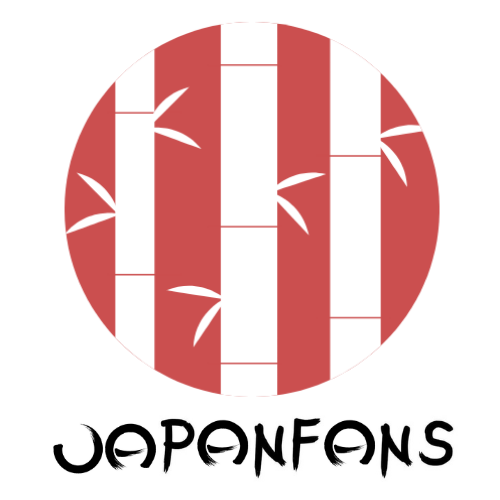For his Journalism studies, Job Wierikx conducted an interview with Ivo Smits & Martine Mussies, which was published on SVJMedia. The occasion was the death of Leiji Matsumoto.
How Leiji Matsumoto inspired an entire Japanese generation

Last weekend, Leiji Matsumoto, an influential anime and manga artist, passed away. These Japanese animation series and comic books are unprecedentedly popular all over the world. So popular, in fact, in Japan, that people completely immerse themselves in the fantasy world created by the books and series. This phenomenon is called otaku.
Matsumoto was at the forefront of popular anime series and manga books in the 1970s and 1980s. Among other things, he created the manga book series Galaxy Express 999, which was later adapted into an anime series. In this series, he had a little boy travelling through the universe in search of immortality. That may sound hugely imaginative, but that is also precisely why the genre has so many fans.
One of those fans is Martine Mussies. During the corona period, she founded the Facebook group Japan Fans. The group now has 3,700 fans from all over the world. She is also working on setting up a Japanese cultural centre in Utrecht. She is a big fan of manga and anime.
”When I was young, I used to watch a lot of the anime series that could be seen here in the Netherlands, such as Pokémon. Those series really attracted me. Anime series and manga books often take place in a fantasy world where everything is possible. They also focus a lot on the relationship with nature. The storylines are also often non-linear and the characters and their traits take centre stage. My favourite stories at the moment are Doraemon, everything from Ghibli and Chobits. I am such a big fan that I would also call myself otaku.”
Otaku means outsider in Japanese. Japan is home to many people who completely immerse themselves in the world of manga and anime. They use otaku as a kind of nickname. Ivo Smits is a professor at the University of Leiden Japan Studies and tells more about this phenomenon and how Leiji Matsumoto influenced it.
Last weekend, a leading and influential manga and anime artist – Leiji Matsumoto – passed away. Is he being mourned, do you think?
Yes indeed, but not just in Japan, but worldwide. He belongs to that generation that very much shaped the Japanese manga and anime world in the 1970s. Especially, of course, in the field of what Americans have come to call “space opera”, those sagas in a science fiction setting.
How do you explain that he has been so influential in that?
I guess, when you think of an anime, of a Japanese cartoon, a great example is the project about Space Battleship Yamato (宇宙戦艦ヤマト). It refers back to World War II – the Yamato was a huge Japanese Navy battleship built at the end of the war and sunk early on, but so now revived as a space cruiser. And Matsumoto mixed that with deep psychology, a great combination of music and cartoon in long-winded stories. That’s something he did in manga before, that space was always there in Japanese comics, but his generation has translated that into anime. With that, this generation has made a huge mark on the genre, because of the imagination you can put into anime. That’s a huge egg point.
Can you say something about the otaku lifestyle?
Otaku is a term used to describe people who are completely absorbed in a form of fandom. There are several theories about it. One approach is that, in an indirect way, this too has to do with World War II, the idea that the end of the war – particularly the two atomic bombs on Hiroshima and Nagasaki, respectively – brought the counter of Japanese history back to zero, so to speak, forcing Japan to reinvent itself. This also allowed Japan to be a child again. The generation that experienced this as children – like Matsumoto, who is from 1938 – thus created a new trajectory for people, to create worlds and operate in them. This is often done in a science fiction setting. But it also often refers to war, with post-apocalyptic elements, for example.
This goes wider than Matsumoto alone, think for instance of Akira (アキラ) by Katsuhiro Otomo. In it, there is the theme of technology that can bring about great destruction, but also offer a solution. It is then up to the youth to be able to contain this technique.
Interview with Ivo Smits & Martine Mussies
This interview with Ivo Smits and Martine Mussies was written by Job Wierikx for SVJMedia. Job was born in Brabant in 1996 and is a journalist. His interests lie in music, film, sports, the culinary world and politics. Besides SVJMedia, he also writes for festival website Festileaks and works behind the scenes at NPO Radio 1. Thanks, Job, for this great interview!
Last year, SVJMedia also published a nice piece on Japan Fans: Utrecht crazy about Japan: Manga & Japanese Culture Week a success.

